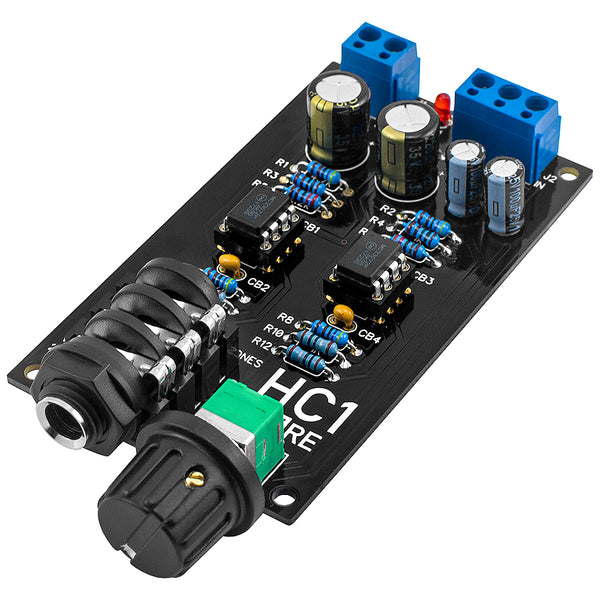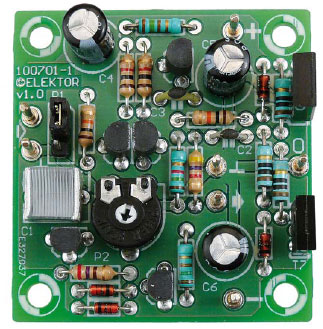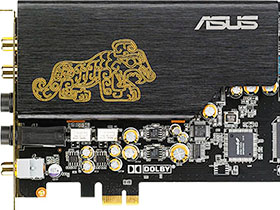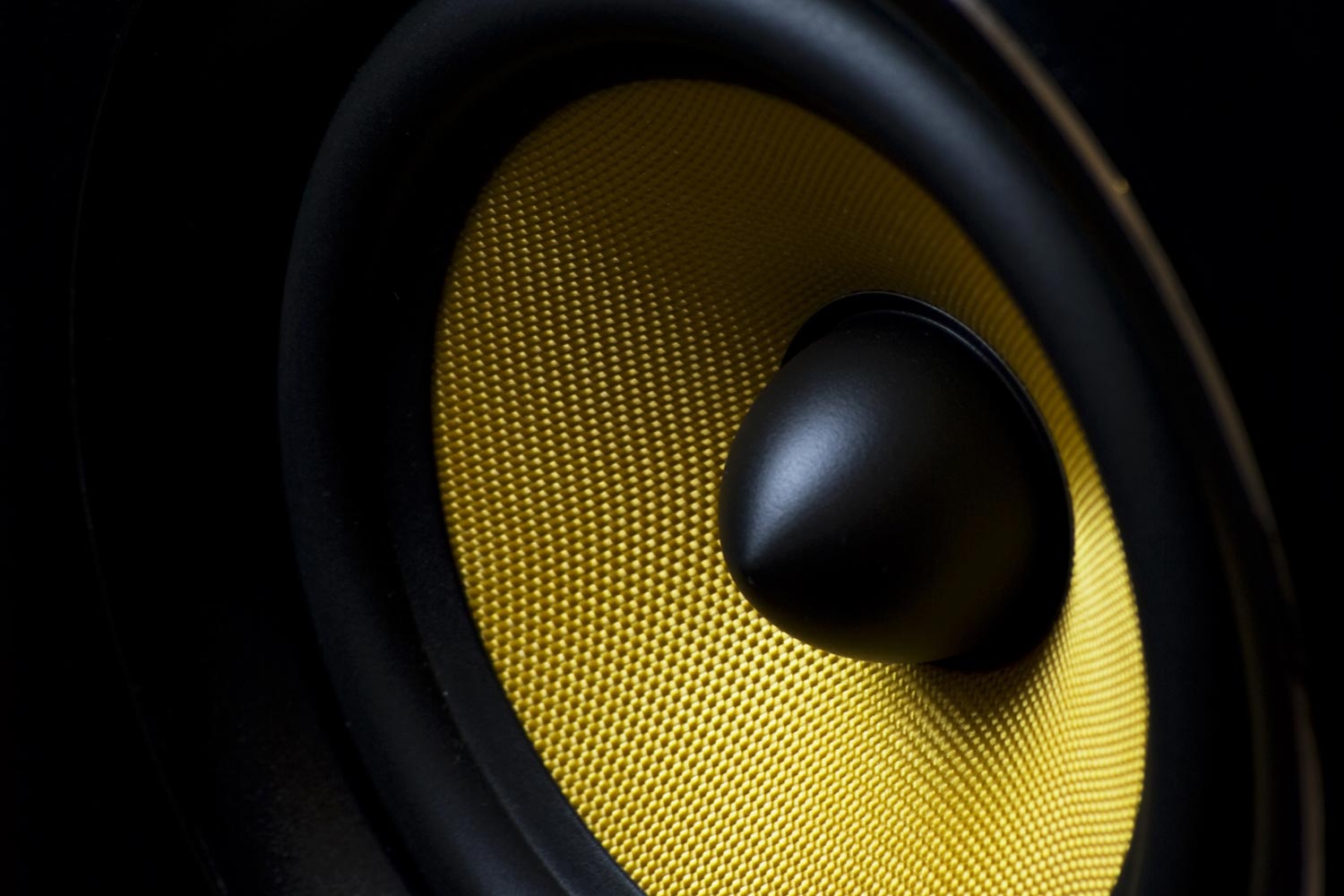If you're interested in something with advanced design, this Topping A-90 discrete sits at the opposite end of the spectrum to the simple quad op-amp design of the little canford amp I've got here. This is just to give an idea of how sophisticated headphone amps can get. You will pay a lot for it of course  . I have to say, this does look like a very nice amp.
. I have to say, this does look like a very nice amp.

 www.audiosciencereview.com
www.audiosciencereview.com

Topping A90 Discrete (A90D) - Teardown and personal thoughts
I found not many teardowns with this model, especially with the output transistors uncovered and with surrounding close-ups, so I decided to purchase one for myself (second hand) to pair it with my D90 MQA then write an article here on ASR. Looks like taking the PCB out from the case if somehow...
 www.audiosciencereview.com
www.audiosciencereview.com











